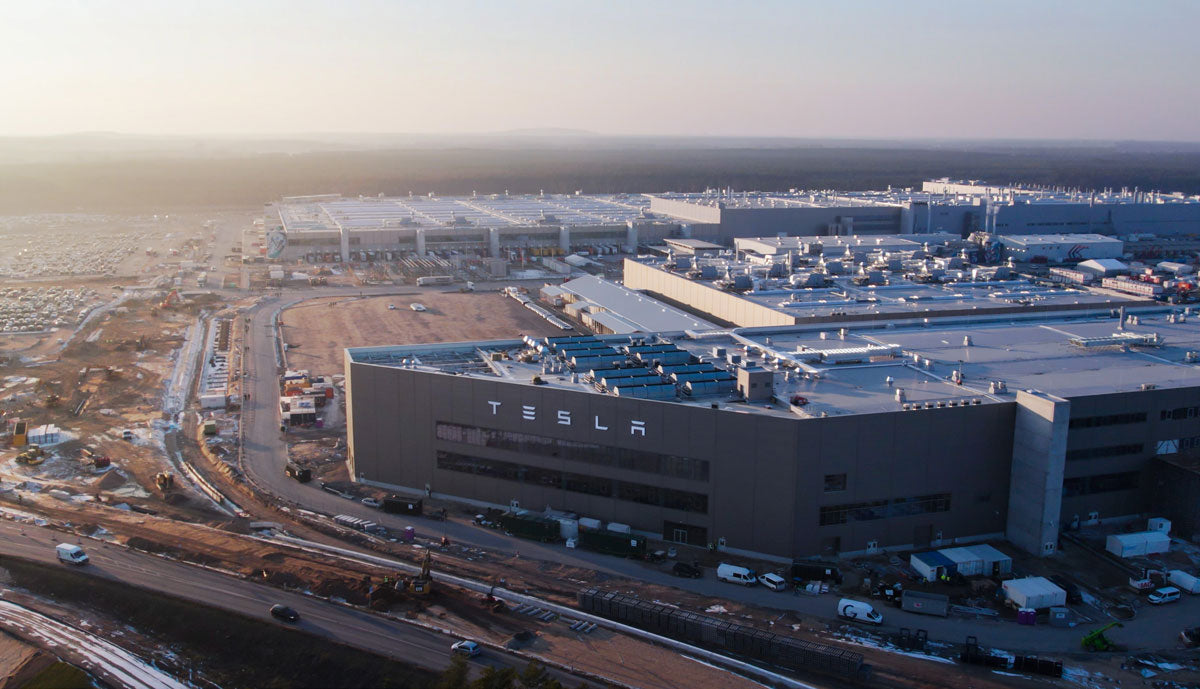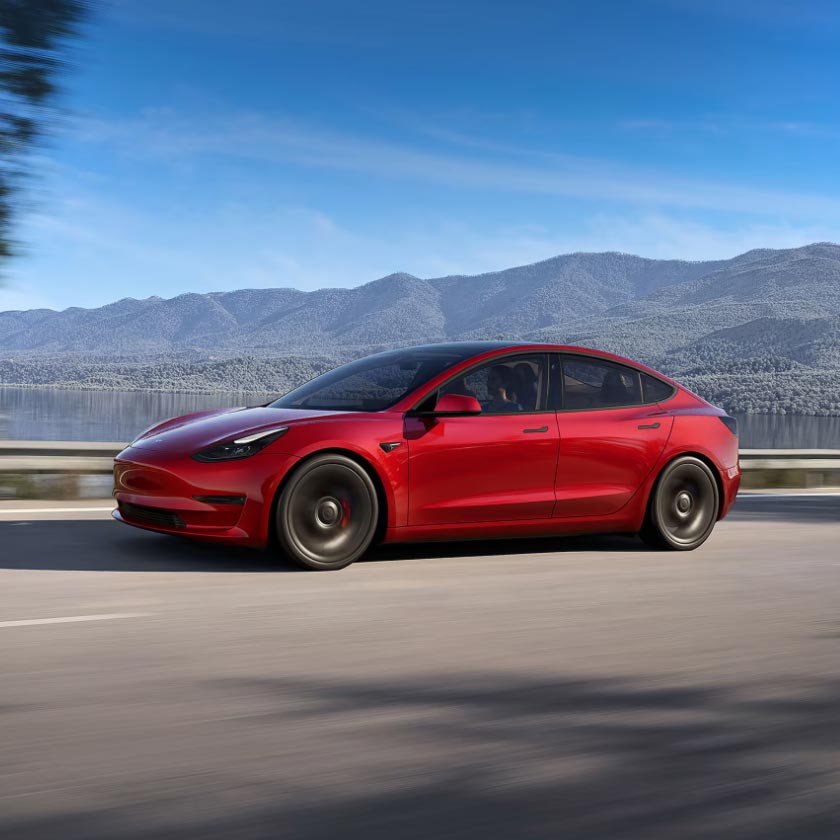In the early hours of Thursday, October 5, SpaceX achieved yet another milestone by successfully launching its 70th mission of 2023. The star of the show was a veteran Falcon 9 rocket, which carried a payload of 22 Starlink V2 Mini satellites into Low Earth Orbit (LEO). This impressive feat took place at 1:36 a.m. Eastern Time from Space Launch Complex 40 at the Cape Canaveral Space Force Station. The launch was not without its challenges, as the U.S. Space Force’s 45th Weather Squadron had issued warnings of scattered showers and breezy winds from the Atlantic. The forecast predicted a 50% chance of a weather rule violation, with particular concerns about cumulus clouds and liftoff winds. Despite challenging weather, the Falcon 9 powered through and successfully made its way into space.
This year, SpaceX aims to complete a total of 100 orbital missions which is nearly double what it launched in 2022. The company is on track to complete its ambitious launch manifest. SpaceX founder Elon Musk recently said they plan to launch 10 missions a month by the end of 2023 to achieve it.
Liftoff! pic.twitter.com/nRp6TPUEo1
— SpaceX (@SpaceX) October 5, 2023
This mission marked the eighth flight for the Falcon 9 first-stage booster, known as B1076-8. Previously, this veteran booster launched: NASA CRS-26, OneWeb Launch 16, Intelsat IS-40e, and now five Starlink missions. Approximately eight minutes after liftoff, the booster executed a precise propulsive landing on the "Just Read the Instructions" droneship, stationed in the Atlantic Ocean east of the Bahamas, approximately 675 kilometers from Cape Canaveral's coast. SpaceX's impressive track record in rocket recovery and reuse continued to shine with this achievement. As of today, SpaceX has launched an astounding 269 missions, successfully landed orbital-class rockets 231 times, and reused Falcon 9 first-stage boosters an impressive 203 times.
Falcon 9’s first stage has landed on the Just Read the Instructions droneship pic.twitter.com/E33mVRzE4n
— SpaceX (@SpaceX) October 5, 2023
The deployment of the 22 Starlink V2 Mini satellites was a multi-stage process. Two burns of the Falcon 9's upper second-stage were necessary to place these cutting-edge satellites into their designated initial altitude of 530 kilometers in a 293 x 284 km orbit at a 43.00º degree inclination to Earth's equator. Separation of the satellite stack occurred slightly over an hour after liftoff. These Starlink V2 Mini satellites are designed to provide four times the bandwidth of their predecessors, cementing SpaceX's dominant position in the internet service provider industry. This mission marked the 24th deployment of V2 Mini satellites. To date, SpaceX's Starlink constellation has expanded rapidly, with a total of 5,222 Starlink satellites launched into orbit since 2019, according to data compiled by astronomer Jonathan McDowell. Of these, approximately 4,864 are still operational. SpaceX's Starlink broadband satellite network now serves over 2 million subscribers in more than 60 countries, offering high-speed internet access to previously underserved areas.
》 Author's note: My work is possible Thanks to everyone who reads Tesmanian.com. Write your thoughts in the comment section below. If you have any story suggestions or feedback, feel free to Direct Message me on X.com (social media): Evelyn Janeidy Arevalo @JaneidyEve Read my most recent stories here: Recent News Stories 《

Featured Images Source: SpaceX








